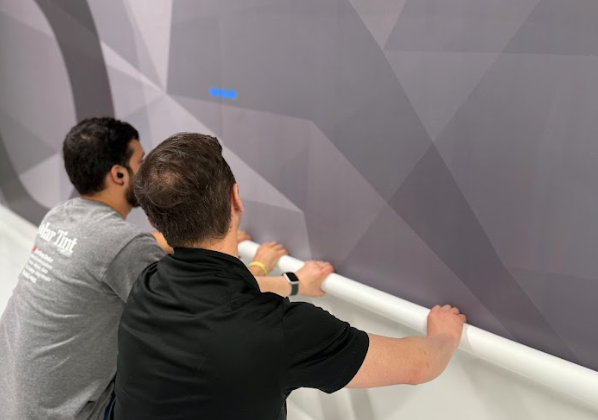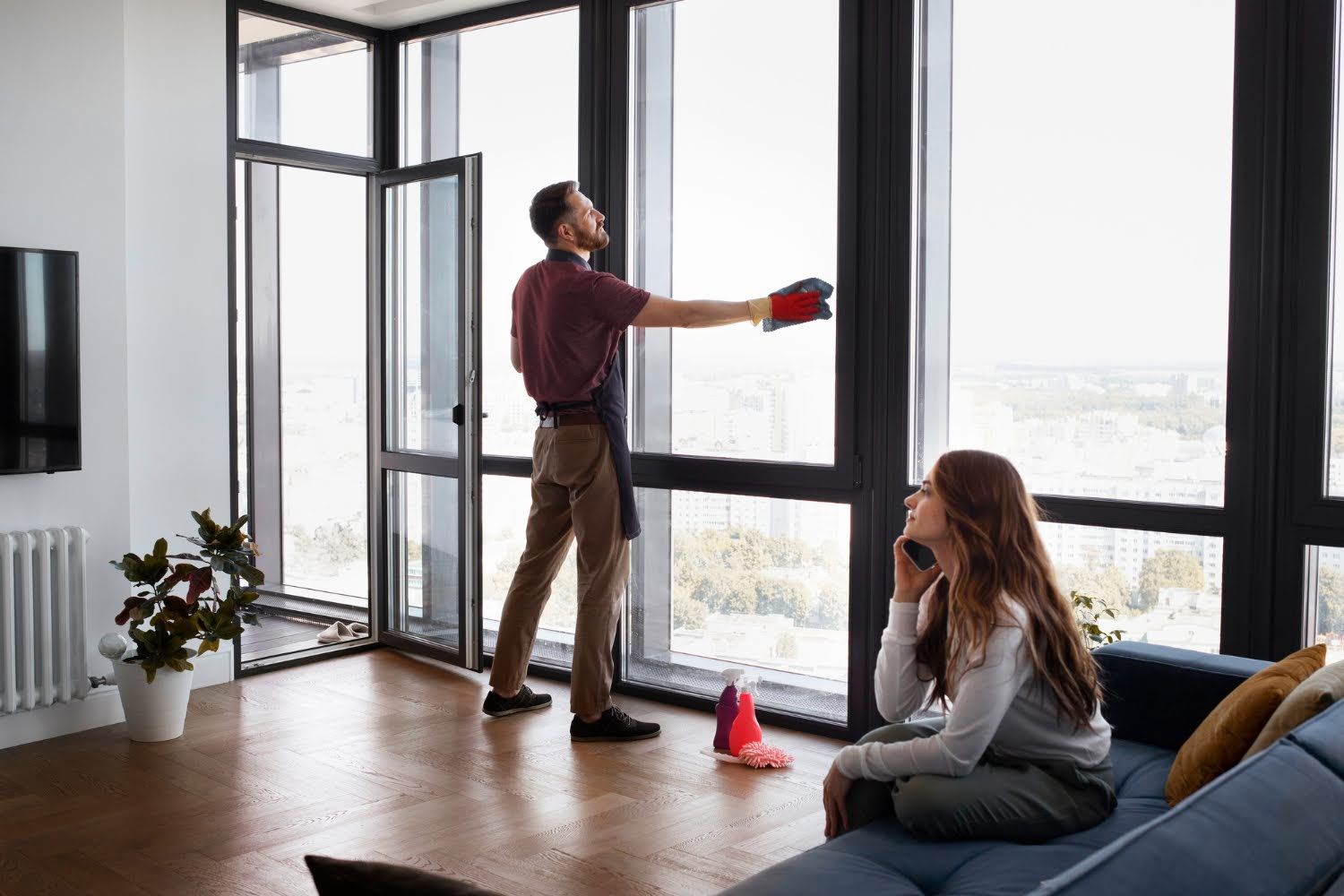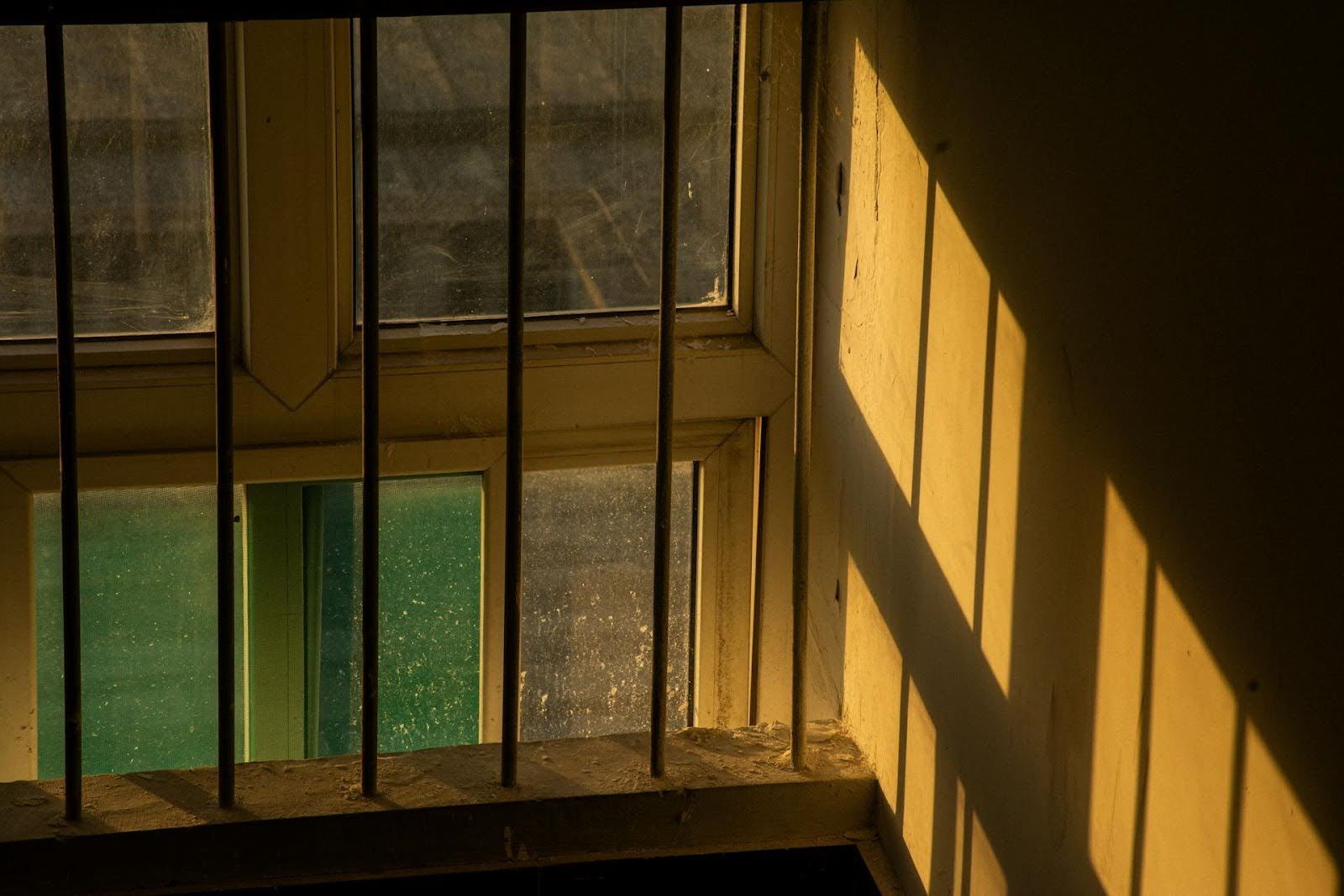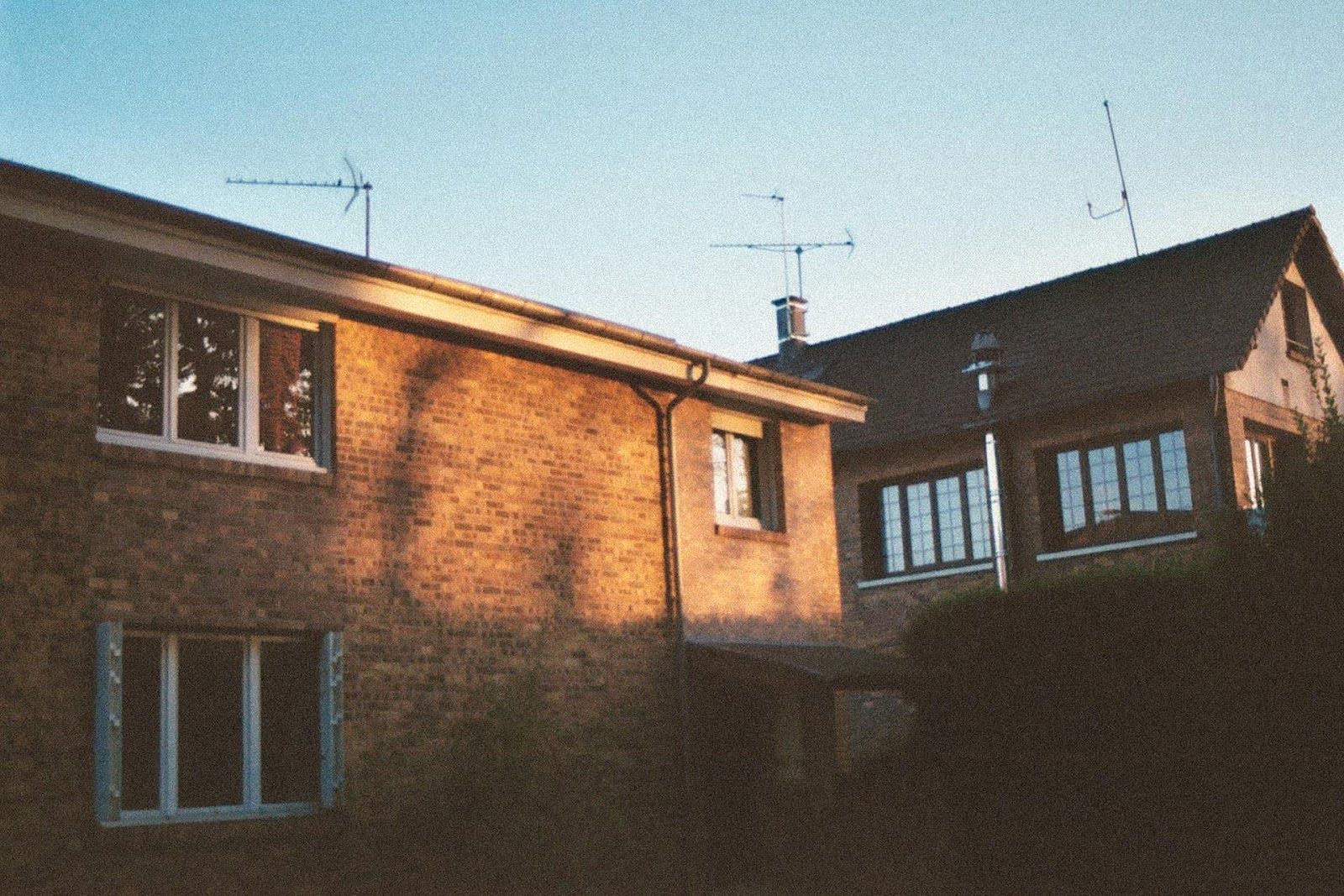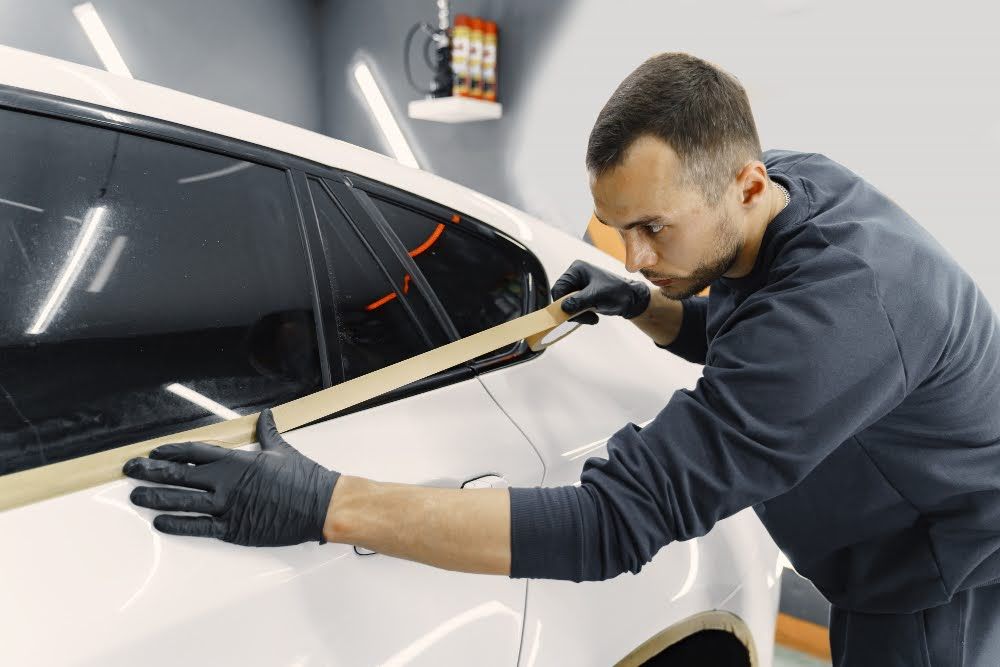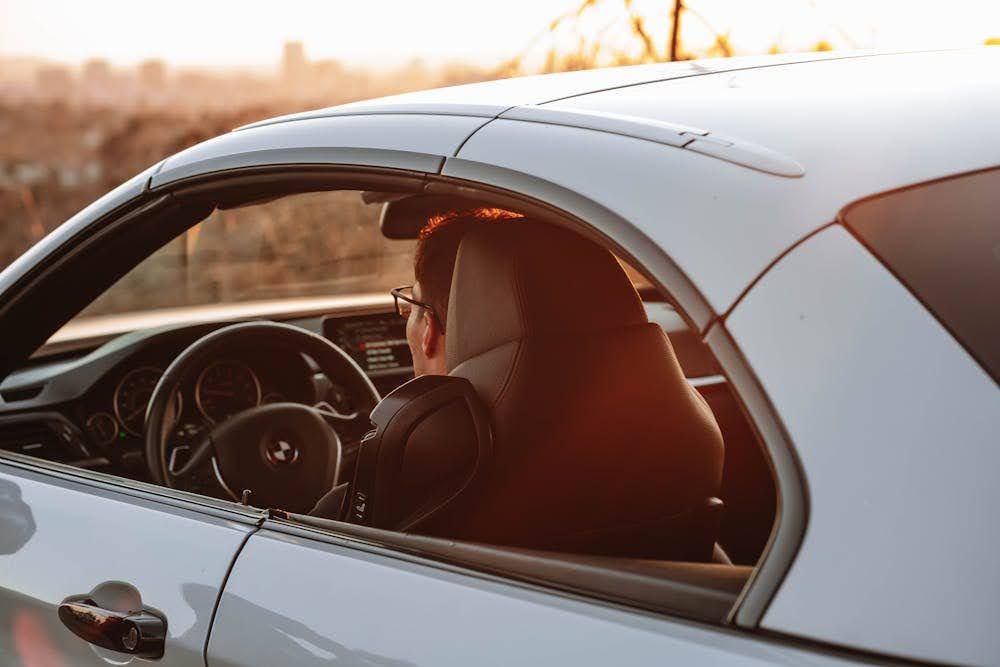How Does Window Tinting Work: What Every Homeowner Should Know
Walk into a room with large, sun-facing windows, and you’ll notice two things immediately: an abundance of natural light and a wave of heat.
Over time, that sunlight fades furniture, drives up cooling bills, and makes certain areas of the home nearly unusable during peak hours.
That’s why more and more homeowners are turning to window film as a solution.
But how does window tint work, and why is it so effective?
The answer lies in advanced material science. Window film doesn’t just “darken” glass; it’s engineered to filter, reflect, and absorb specific parts of sunlight.
Done right, it creates a balance: your home still feels bright and open, but without the heat, glare, and damage that usually comes with big windows.
The Basics of Window Tinting
Window tinting involves applying a thin, transparent film to the interior side of the glass. This isn’t a single sheet of plastic; it’s a multi-layered system designed to target different elements of sunlight.
A typical high-performance window film contains:
- Adhesive layer – Ensures the film bonds cleanly to the glass without bubbling or shifting.
- Polyester base – A durable core layer that provides structure and optical clarity.
- Metallic or ceramic coatings – Microscopic particles that block or reflect solar energy.
- Scratch-resistant Finish – Protects against wear from cleaning and daily use.
Each layer has a role, but together they act like invisible armor for your windows.
The Science of Sunlight
To understand why window film works, you first have to look at what sunlight is made of:
- Visible light – The brightness you see with your eyes.
- Ultraviolet (UV) rays – Invisible energy that fades fabrics, degrades flooring, and damages skin.
- Infrared (IR) radiation – The invisible wavelengths that generate most of the heat inside a home.
Standard glass offers very little protection against these elements. Without tint, UV rays and infrared energy stream straight in, heating rooms and causing long-term damage.
High-quality window films selectively filter these wavelengths, blocking up to 99% of UV rays and rejecting large amounts of infrared heat while still allowing natural visible light to pass through.
Different Types of Window Tint
A wide range of window film types is available on the market. Homeowners often think all tints are the same, but the technology varies widely.
- Dyed films – Use a layer of dye to absorb some solar energy. Affordable, but limited in performance and prone to fading.
- Metalized films – Incorporate metallic particles to reflect sunlight and heat. Effective, but it can create a shiny or mirrored look from the outside.
- Carbon films – Offer strong heat reduction with a modern matte finish and no reflectivity.
- Ceramic films – The top tier. Nearly invisible, ceramic films block the most infrared heat and UV rays, providing maximum performance with no compromise in clarity.
How Tint Reduces Heat
Heat gain occurs when infrared energy passes through glass and warms surfaces inside your home. Window films disrupt this process in two main ways:
- Reflective films bounce a portion of the heat energy back outdoors.
- Ceramic films absorb and dissipate heat before it enters the room.
Both strategies help keep interiors cooler by several degrees, which reduces reliance on air conditioning and makes sun-facing rooms far more comfortable.
UV Protection: The Silent Benefit
There are many benefits of window tinting for homes. While heat control is the obvious reason people choose tint, UV protection is equally valuable. Films block up to 99% of harmful UV rays, which:
- Fade hardwood floors and carpets.
- Cause leather, fabrics, and artwork to deteriorate.
- Contribute to skin damage for occupants spending long hours indoors near windows.
Think of tint as a permanent layer of sunscreen for your home, protecting your home's interior and your family without changing how your windows look.
Glare Control for Daily Living
Glare from direct sunlight can make it nearly impossible to watch TV, work on a computer, or even enjoy a meal in certain rooms.
Instead of closing blinds and living in the dark, window film softens harsh light while maintaining openness. The result: better visibility and comfort throughout the day, without sacrificing natural light.
Energy Efficiency and Savings
Because films reduce the amount of heat that enters a home, they directly lower cooling costs. Studies show homes with premium films often cut energy use by 10%–15% annually.
This not only translates into monthly savings but also reduces wear on HVAC systems. With less strain, your AC unit lasts longer and requires fewer costly repairs.
For homeowners in hot climates like Florida, the return on investment is often noticeable within the first couple of years.
Privacy and Aesthetic Appeal
Beyond performance, tinting can enhance the look of your home. Certain decorative window films add subtle shading that improves curb appeal, while others offer one-way daytime privacy.
From the outside, your windows appear sleek and uniform, but from the inside, you still enjoy clear visibility.
Why Professional Installation Matters
Even the best window film can underperform if applied incorrectly. DIY kits often leave bubbles, peeling edges, or uneven finishes that reduce effectiveness and shorten the film’s lifespan.
Professional installers bring precision tools, product knowledge, and experience to the job. They know how to match film to your glass type, climate conditions, and goals.
Plus, professional work typically comes with warranties that protect your investment for years.
The Bottom Line
So, how does window tint work? By using advanced materials and layered technology, it selectively filters sunlight, blocking UV rays, reducing infrared heat, cutting glare, and saving energy, while keeping your home bright and welcoming.
At Solar Tint Inc., we provide professional window tinting services in Miami, specializing in helping homeowners find the right film for their space.
From nearly invisible ceramic films to stylish privacy options, our expert installations ensure your windows perform beautifully for years to come.
Ready to protect your home, lower your bills, and enjoy more comfort? Contact Solar Tint Inc. today and discover which window tint is right for you!
